latest

YouTube wants to supercharge double tap to seek
Jump between content blocks instead of time intervals
YouTube is among the leading entertainment apps on Android, and you should have minimal trouble navigating the platform to find suitable content. Even the video player controls are intuitive and comprehensive, featuring everything from translated captions to playback speed and quality controls. Gestures are a big part of the navigation convenience in YouTube’s Android app, and Google is currently testing an enhanced version of the tap to seek gesture.
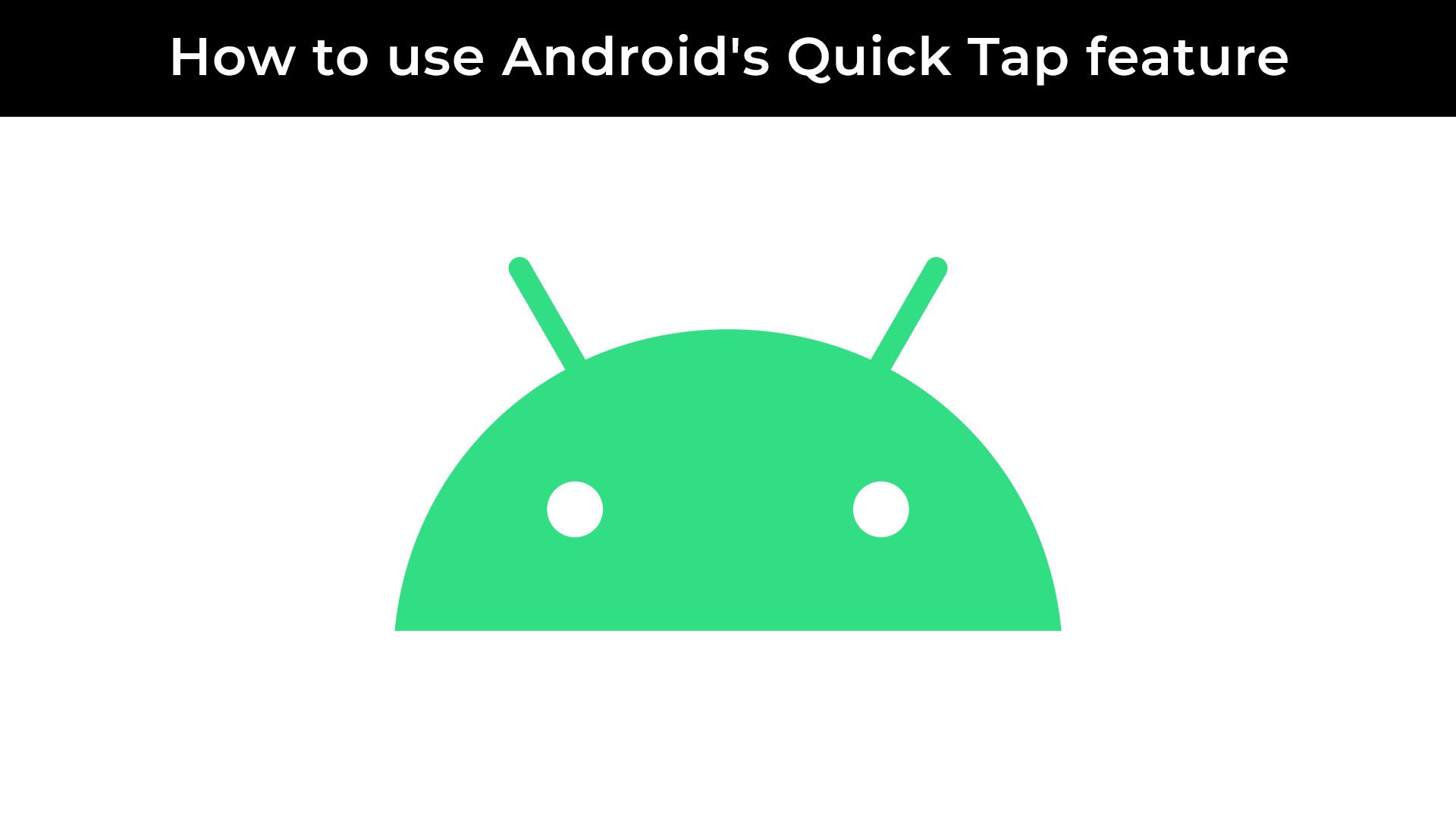
How to use Android's Quick Tap feature
There's a lot you can do by tapping the back of your Pixel phone
Quick Tap is a nifty feature that lets you open an app or perform an action by tapping twice on the back of your Google Pixel phone. If you recently picked up a new Pixel 8 or Pixel 8 Pro, we recommend using it alongside the other features exclusive to most Pixel phones.
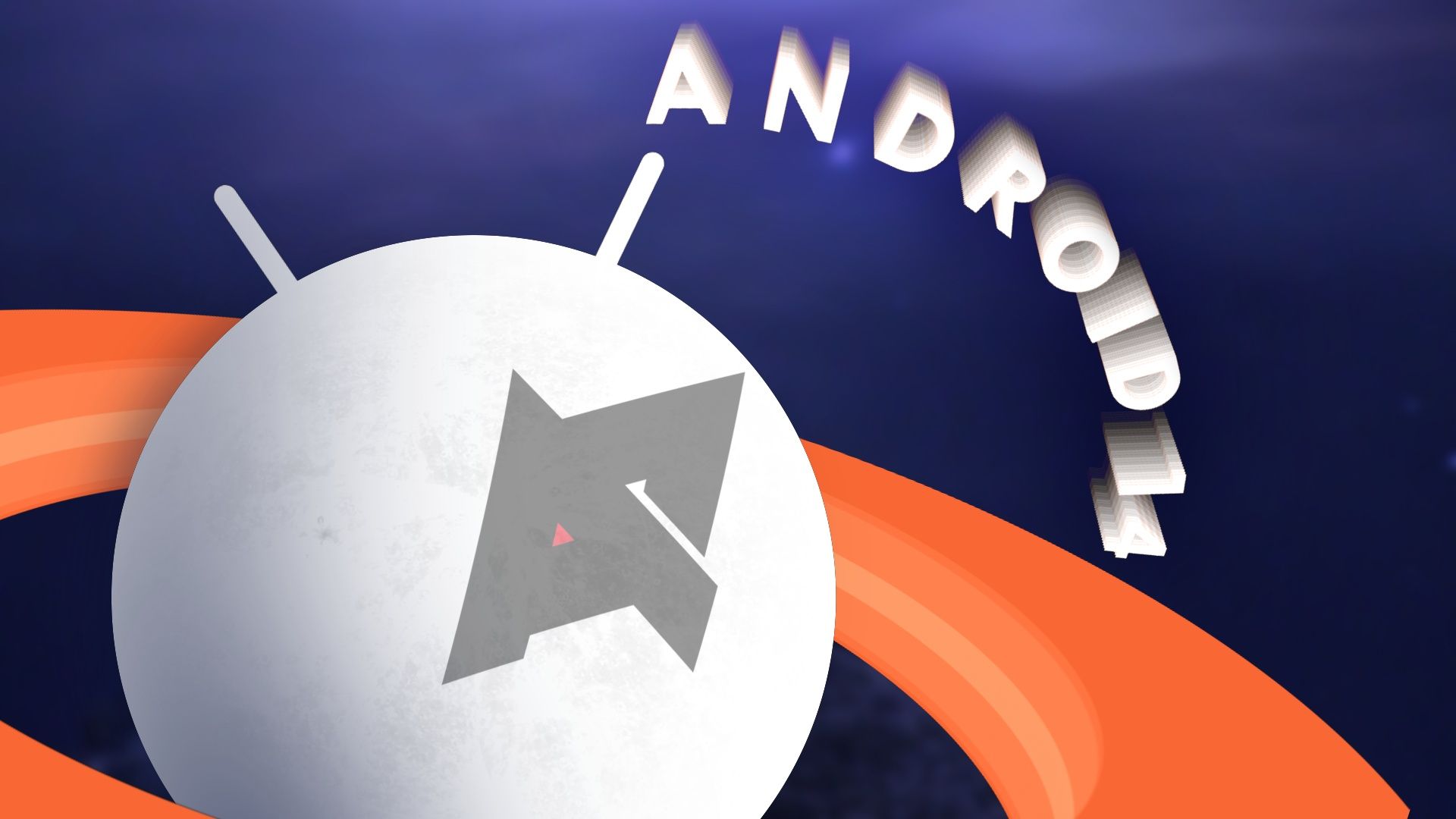
How to turn on predictive back navigation on Android 14
The future of gestures on Android is here. Here's how to use it
Android 14 is full of new features, most found behind the scenes. A couple of years after Google gave us a new look for our favorite smartphones with Material You, the last two upgrades have focused on upgrading elements you might not think about every day. Security, privacy, and speed are three aspects that Android 14 excels at, but Google didn't stop there. A new addition to gestures could change how you think about swiping between apps on your new Pixel 8 Pro, but you need to activate predictive back gestures to see it in action.
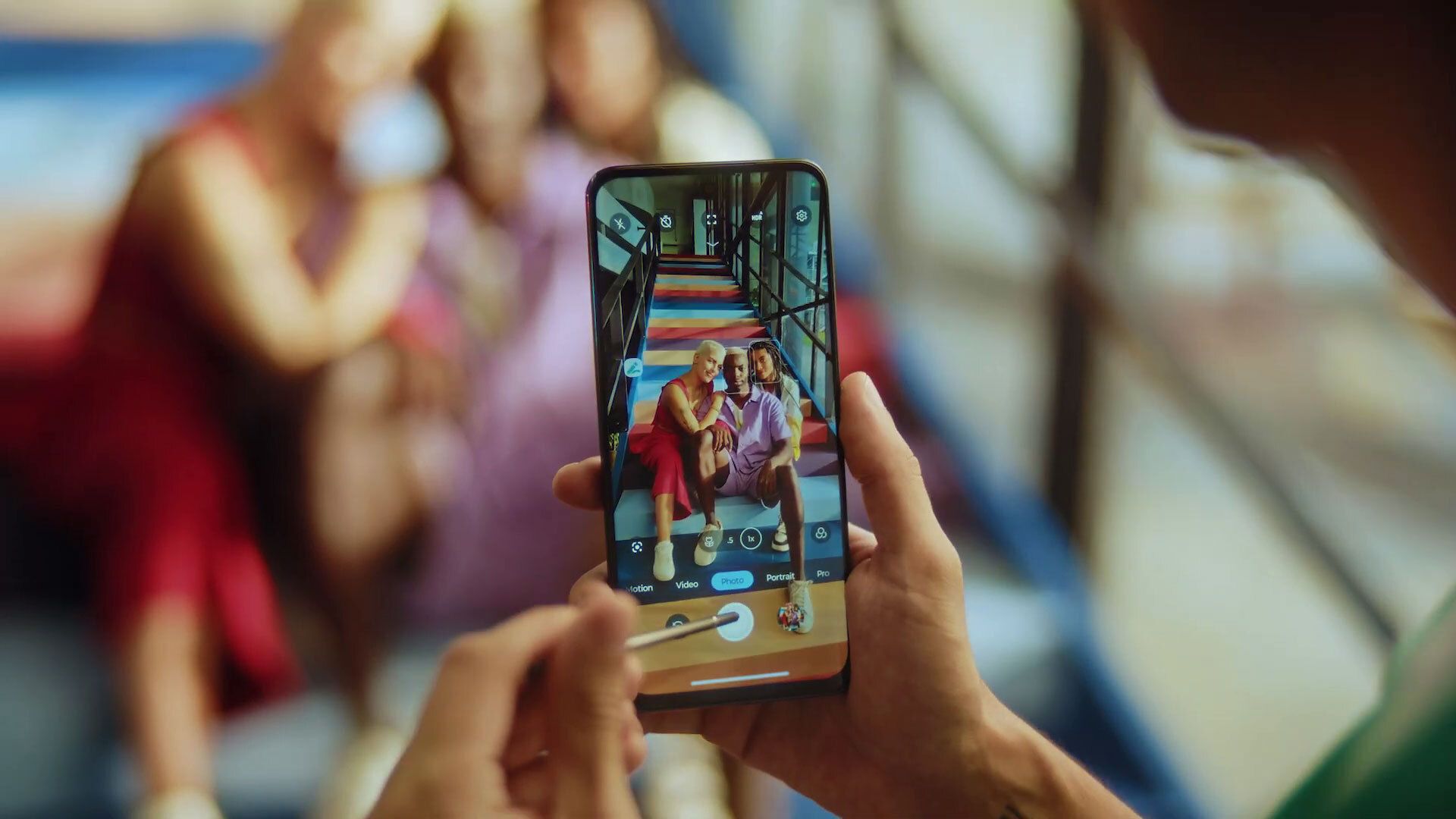
How to set up Moto Gestures
Unlock the full potential of your Motorola phone by setting up Moto Gestures
Over the years, Motorola has consistently prioritized user-friendly features and tools that enhance the user experience. A shining example is Moto Gestures, a unique set of actions that allow users to access built-in features and tools more conveniently. Sometimes, without even touching actual physical buttons.
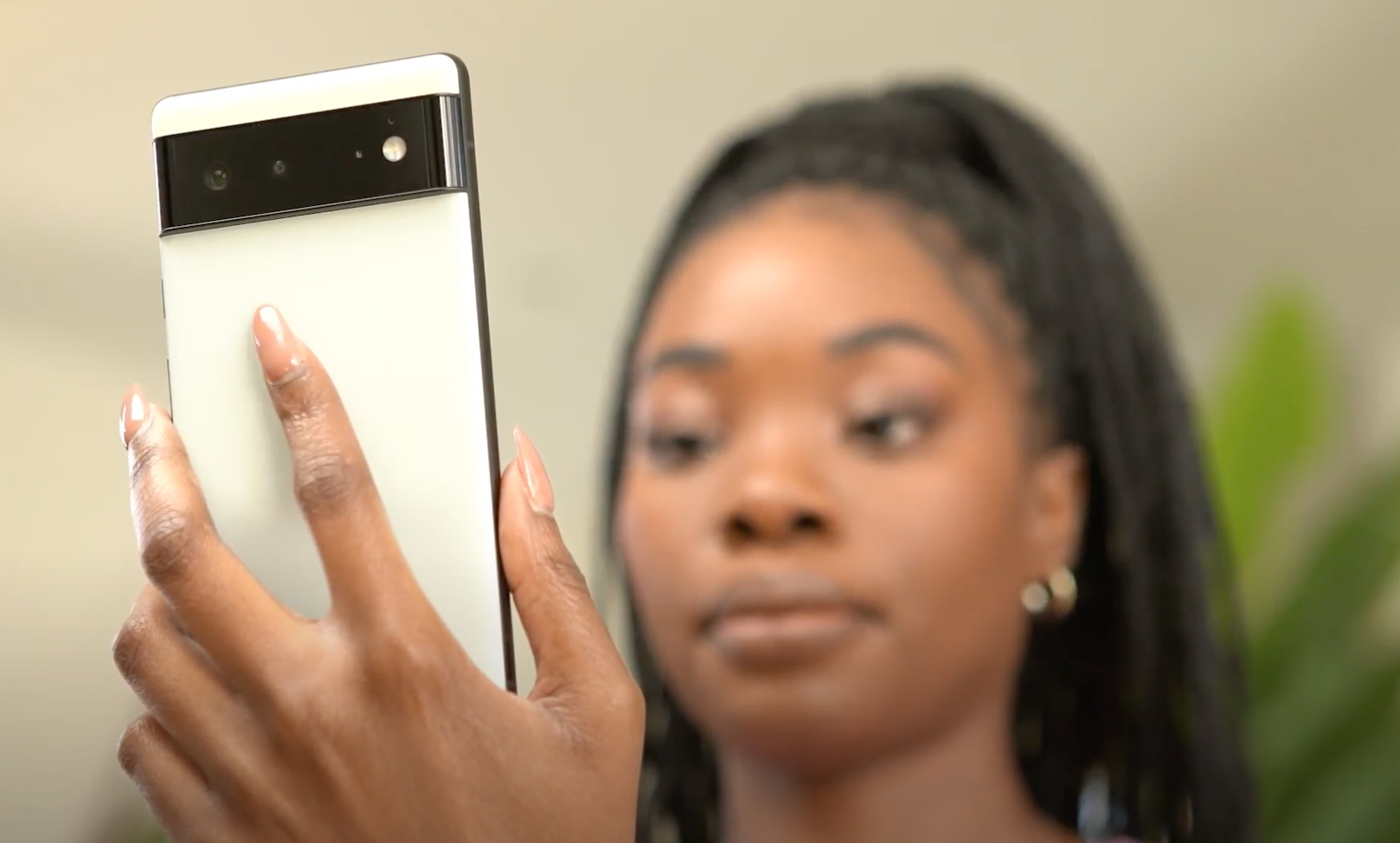
Android 13 is in the wild, although it's a long way from finished, and you need a Pixel phone to try it. Still, it's a new version of Android with changes big and small. A change to the Quick Tap gesture is on the small side, but it'll be useful nonetheless. In Android 13, Quick Tap can toggle the flashlight.
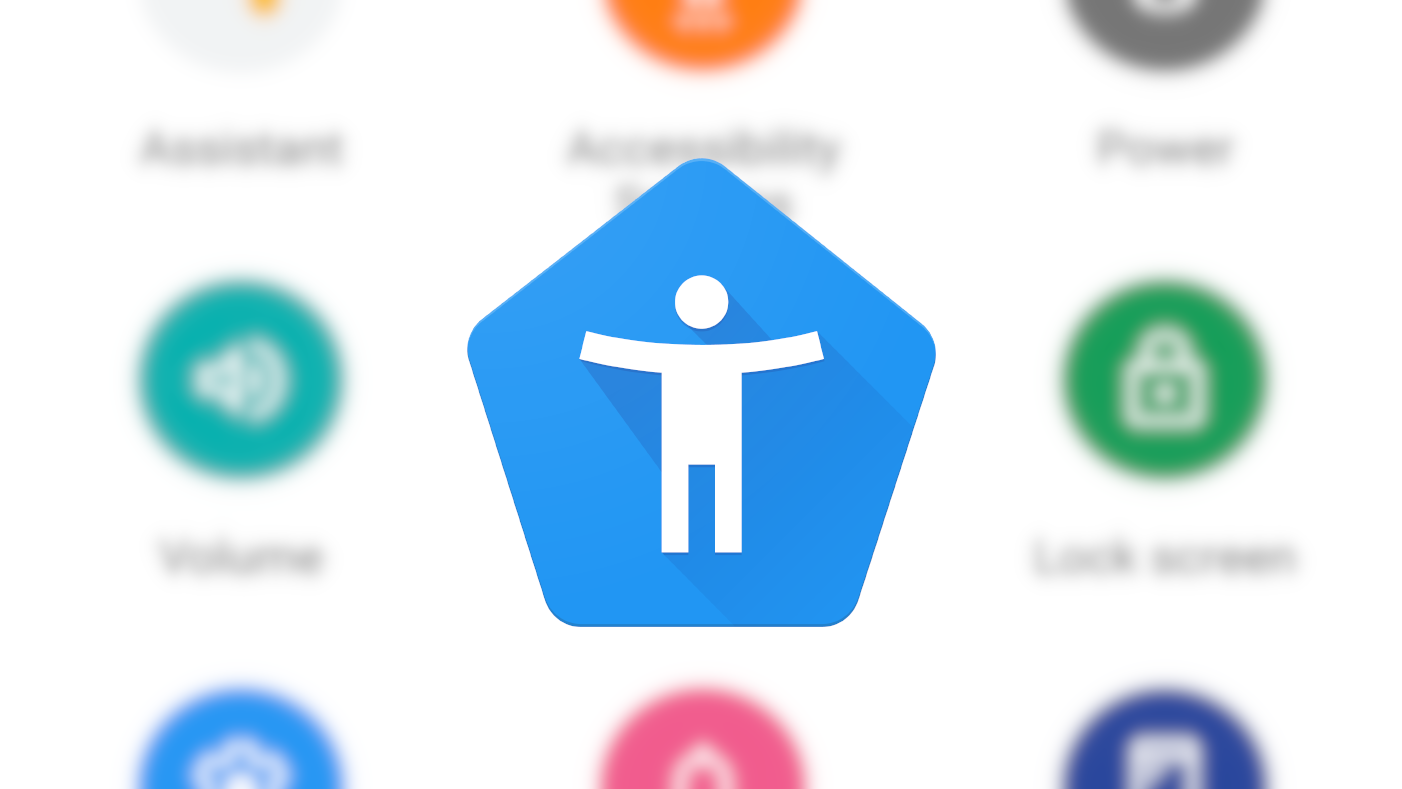
Read update
Accessibility options are some of the most important features built into Android. Even if you don't rely on them personally, they're essential to making smartphones openly available to everyone. Timed with Android 12, Google is introducing an all-new option that allows for complete control of your phone just from facial expressions alone.
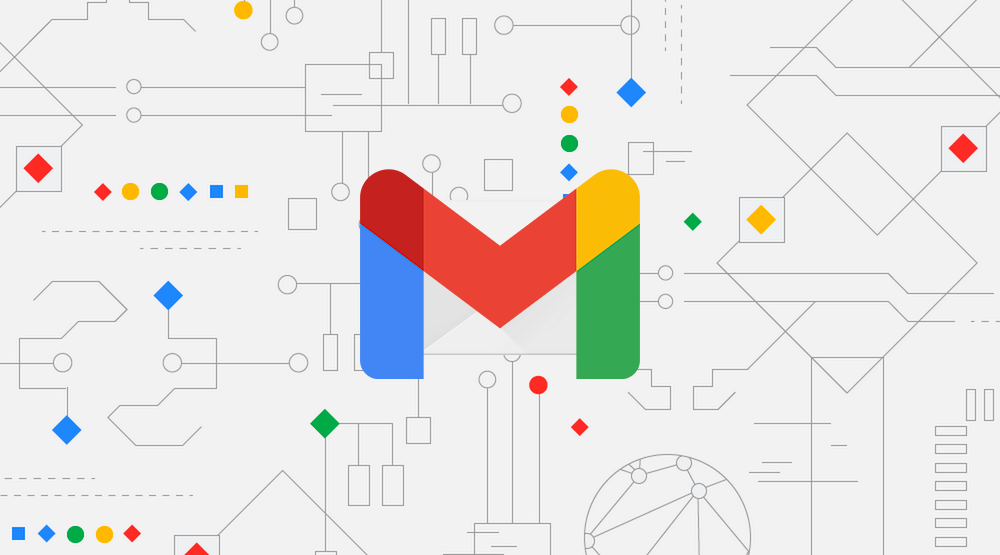
It's the little touches that separate a good app from a great one. Paying attention to how UI elements affect each other might not seem important, but it can go a long way in improving the end-user experience. To that end, Google has added some fancy new animations to its Gmail app on Android, making managing your email feel a lot more fluid.
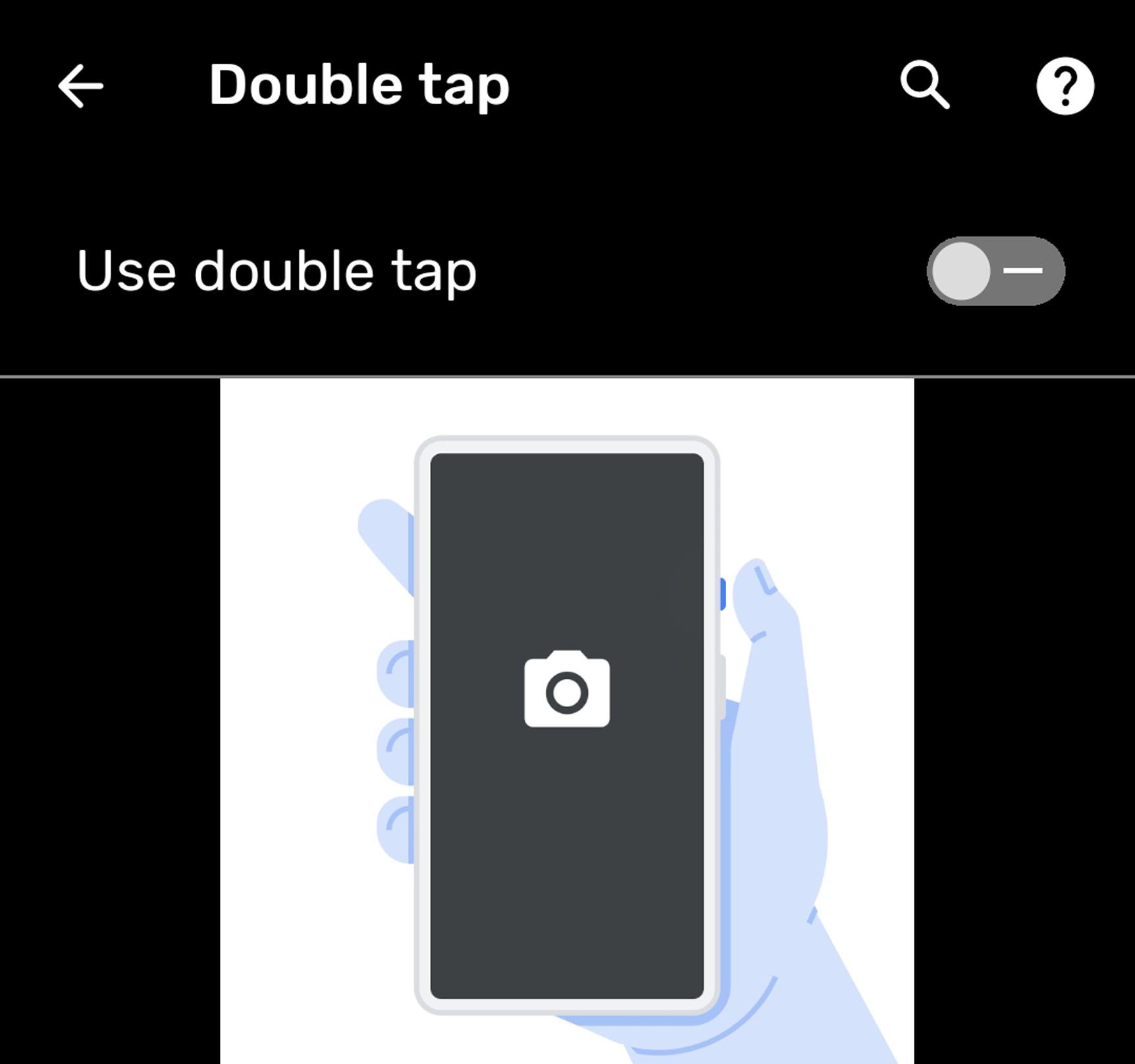
Android 12 has a double tap on the back gesture for the Pixel 5, but it isn't active yet
It can open the camera, take a screenshot, or pause media
Google likes to throw in some interesting physical gestures for its phones—see the "squeeze" function the older Pixels inherited from HTC, or the short-lived Soli gestures in the Pixel 4. There's another one the company has been brewing for a while, at least on the Pixel 5: double-tapping the back of the phone for some frequently-used actions.
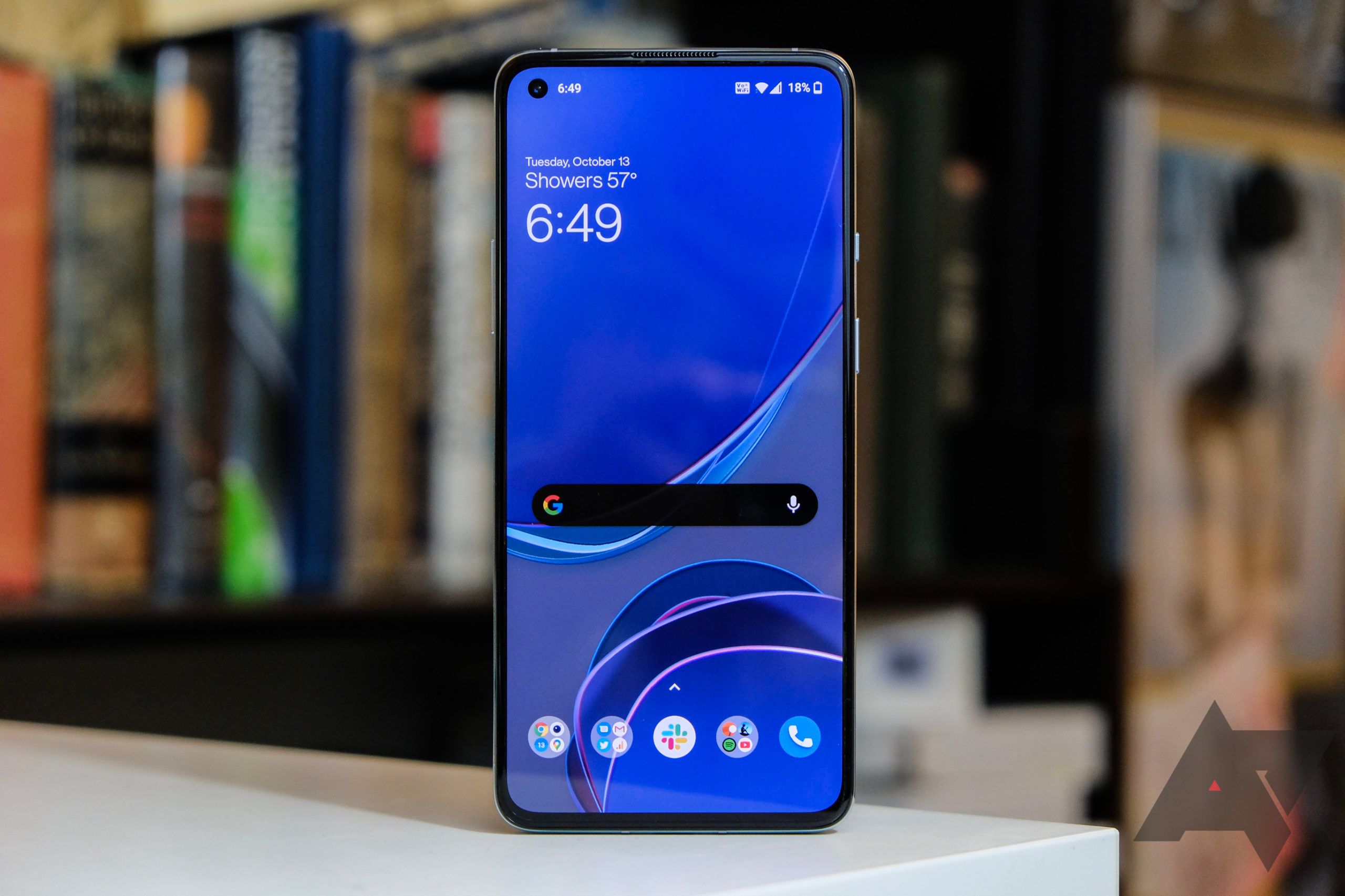
Seven OxygenOS features we hope to see in stock Android someday
Good artists copy... you know the rest
Read update
Much more than hardware, OnePlus has matured on the software front in its relatively short existence in the smartphone space. In all these years, OxygenOS has embraced some neat little features that, in their own imperceptible ways, make our lives much easier. We’ve always liked how OnePlus handles customizations and its myriad of accessibility features. Now that some of these OxygenOS elements have lately been creeping into stock Android, we’re left wanting more.
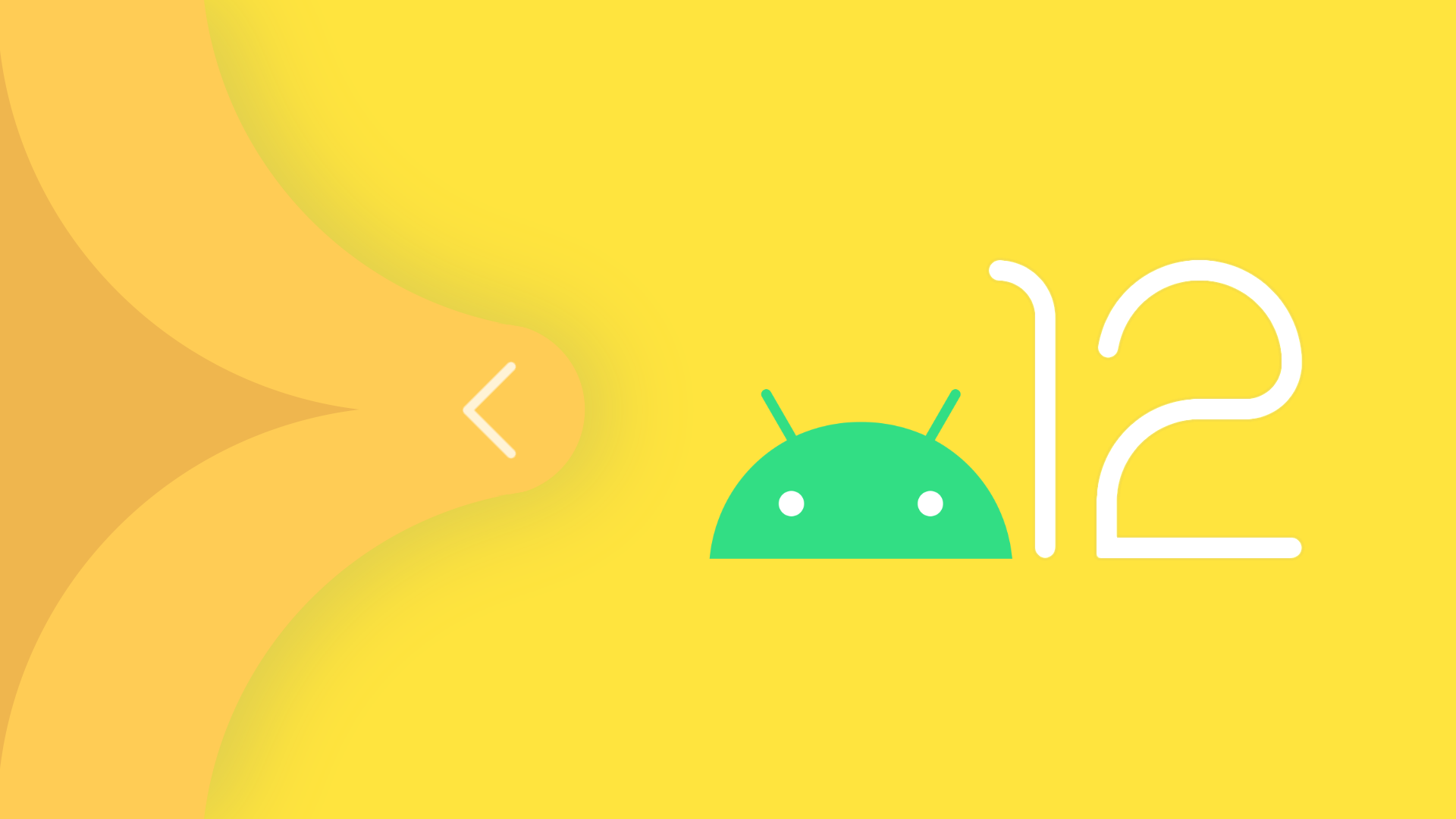
Android 12 is trying out machine learning to make gesture navigation suck a little less
I SAID BACK.
Using gestures instead of hard or soft buttons to navigate a mobile OS isn't exactly perfect and it's definitely the case on Android right now. But what if the phone attempted to learn when that swipe off the edge of the screen meant you wanted to roll around in the app or go back or to the home screen? Google may be trying to find out.

YouTube introduces smart suggestions for dumb people who can't hold their phone good
Plus streamlined player controls with more accessible captions
YouTube is one of the most widely used apps in the world, so whenever the company makes even a slight change, people notice. The announcement that four playlist-centric features were being killed last month was a bit disheartening, but YouTube's latest move doesn't kill off old features — instead it brings a variety of useful new ones to life, including streamlined player controls and a more accessible captions button.
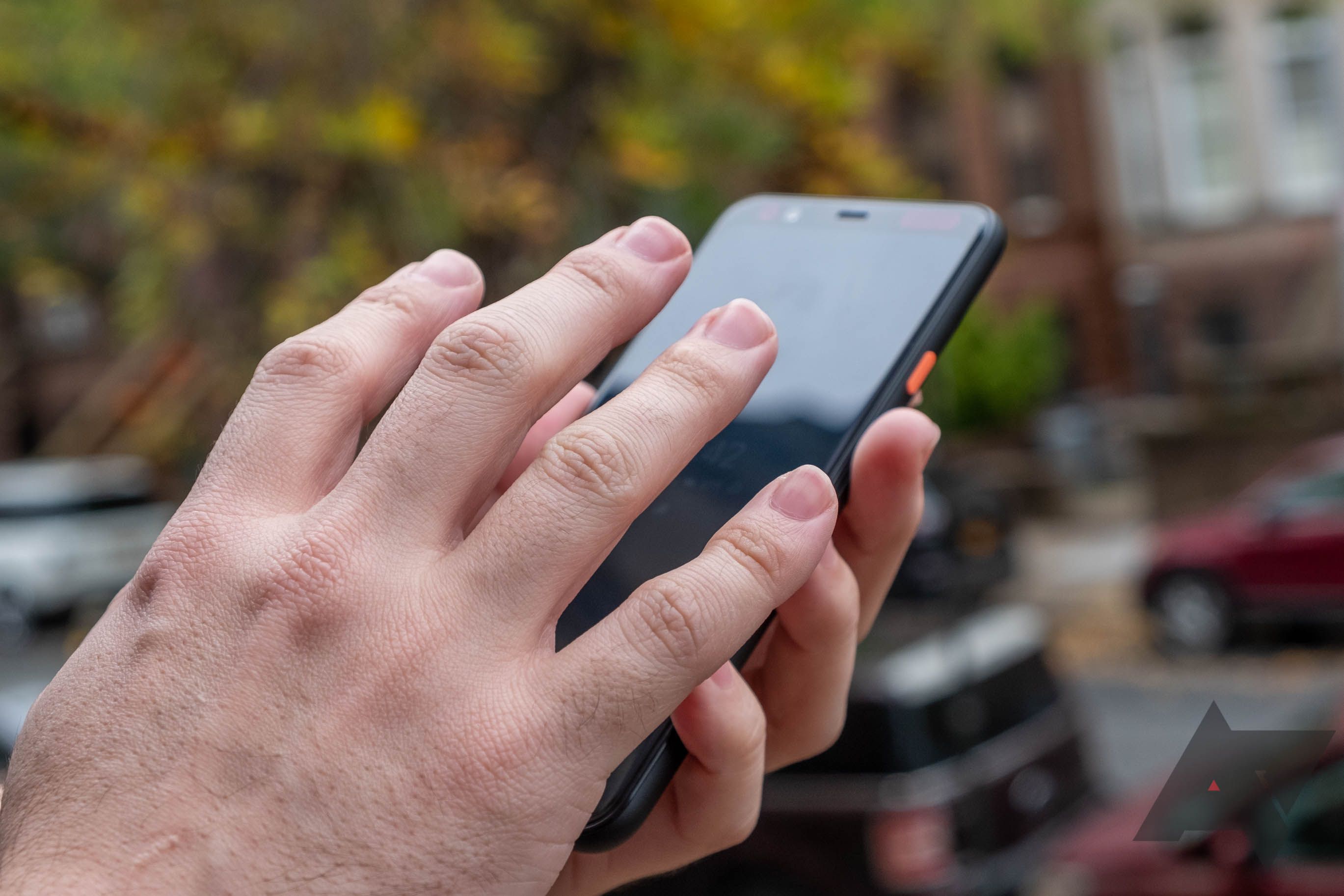
Google says we haven't seen the last of Soli and Motion Sense
But will we ever see the radar tech in another phone?
Google launched the Pixel 5 and the Pixel 4a (5G) yesterday, marking the return of the rear-mounted fingerprint reader on the company's flagship phones — the innovative Soli radar and the spacious face unlock mechanism are nowhere to be seen. But in an interview with The Verge, Google hardware lead Rick Osterloh said that the radar and the gestures it enables aren't gone for good. "They'll be used in the future," he stated.
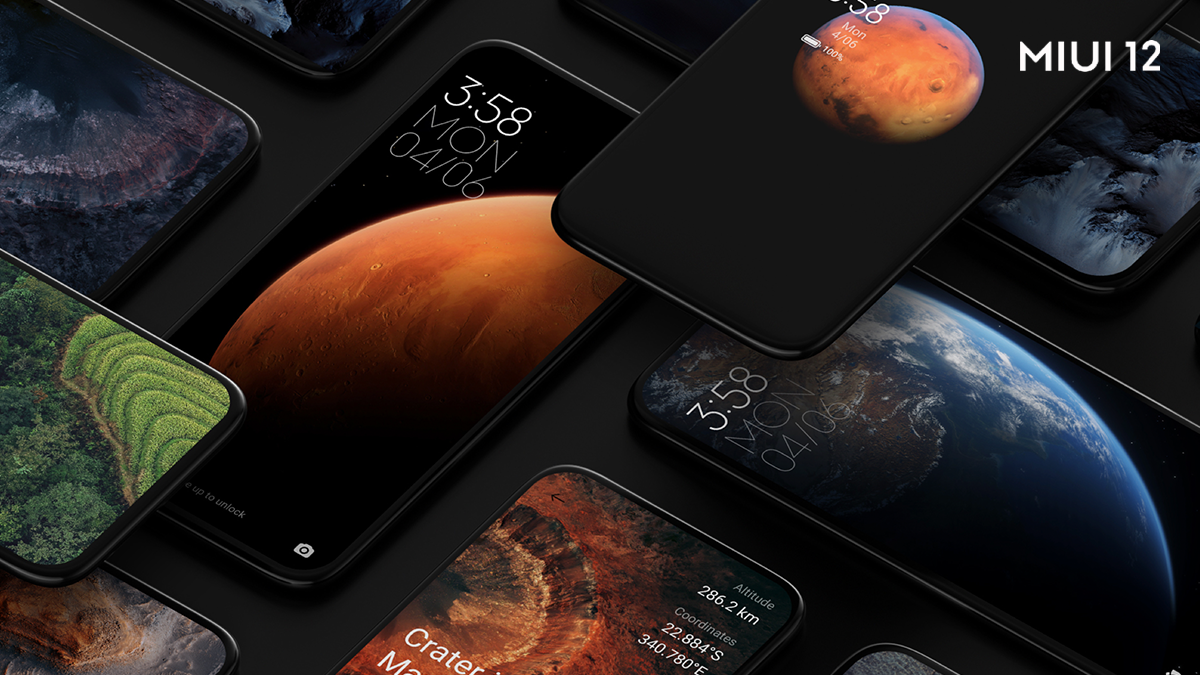
Xiaomi is working on back-tap gestures, just like Google and Apple
Tapping your phone has never been this useful
Earlier this year, it was discovered that Google is working on a new tap gesture for Pixel phones in the Android 11 beta. More recently, Apple rolled out the same feature to iPhones participating in the iOS 14 beta. These gestures allow you to assign tasks to a double or triple tap on the back of the device — things like toggling the flashlight, bringing down the notifications shade, taking a screenshot, and opening Google Assistant, to name but a few. Now new evidence suggests that Xiaomi is working on a very similar feature for MIUI 12.
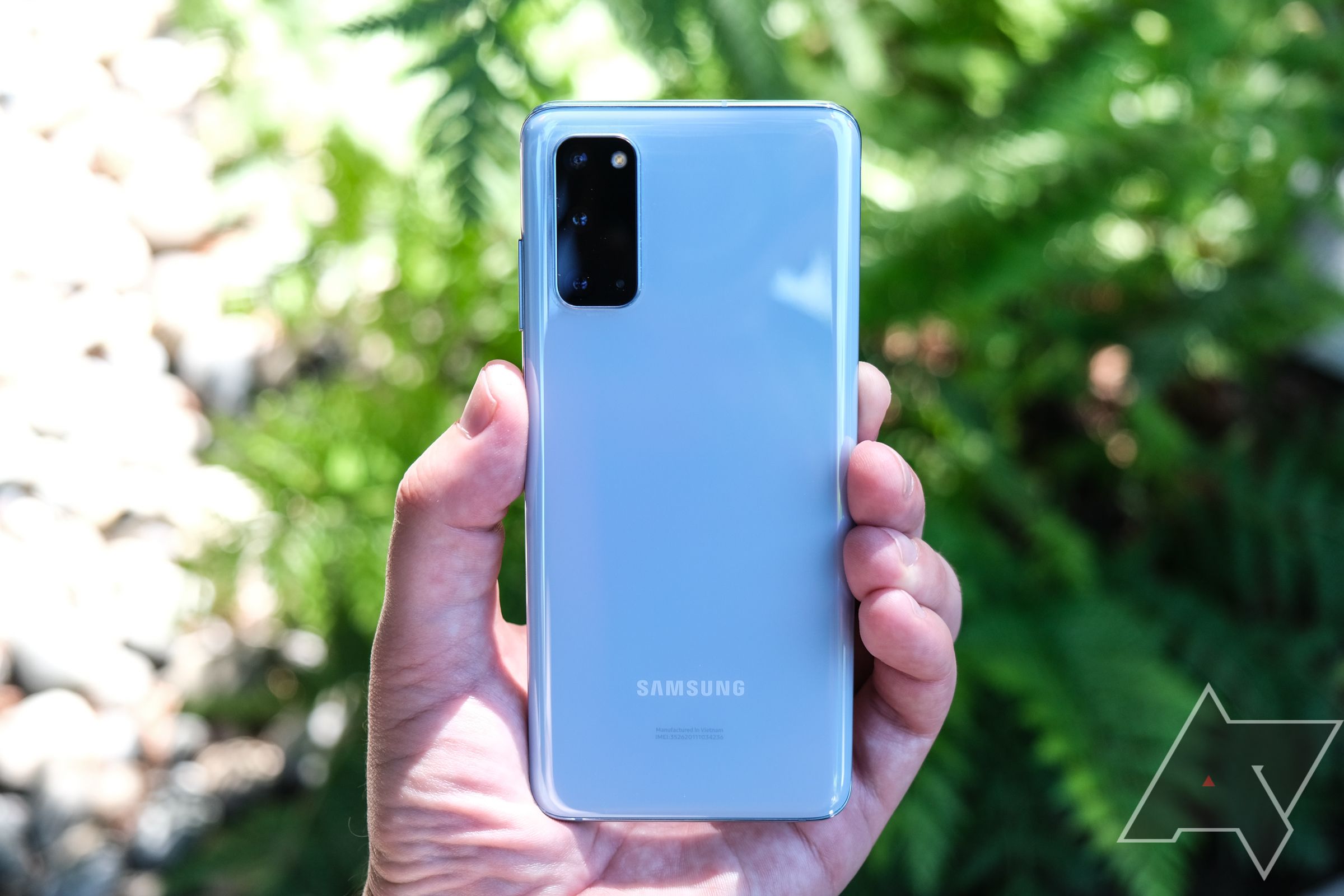
Samsung Good Lock updates bring new features to One Hand Operation +
Other modules receive some general fixes
Read update
Good Lock is one of my favorite parts of One UI, which is why I've droned on about it so many times. In short, Good Lock houses several modules that allow you to tweak your Samsung software experience, offering a degree of control that rival custom ROMs. Several of those modules just received new updates today, most of which are small bug fixes. However, One Hand Operation + got a more significant update, bringing some new features, as well.
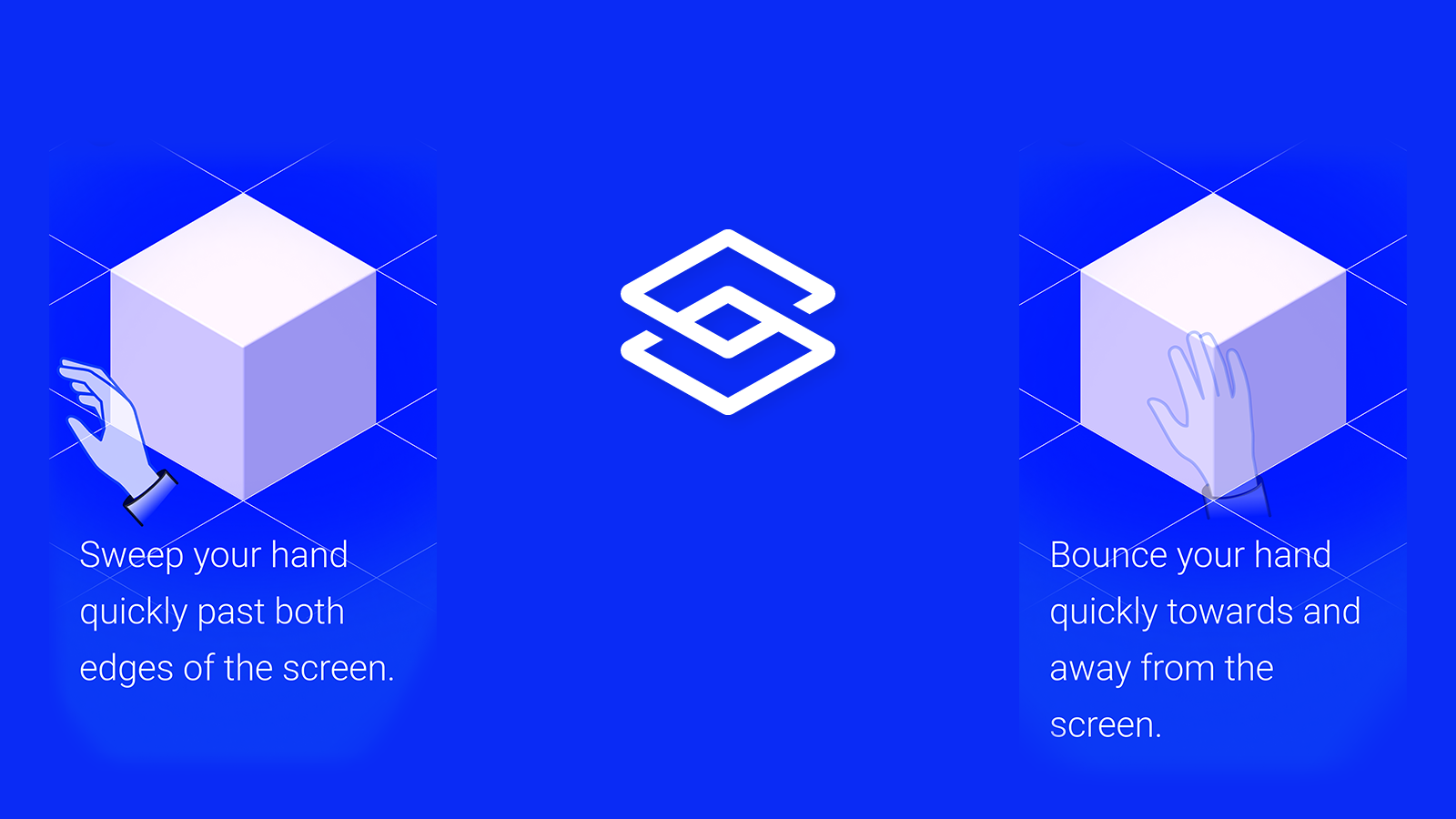
Google releases Soli Sandbox app to kickstart gesture-based experiments (APK Download)
Possible proof that Soli isn't dead yet
Google first demonstrated Project Soli at Google IO 2015. Four years later, the Pixel 4 debuted the radar-based sensor as a feature called Motion Sense with the ability to detect basic gestures in front of the phone. If you happen to have a Pixel 4 and want to try out the gestures for yourself in an interactive space, or you want to go further and build your own simple apps and games, Google just released a sandbox app that brings Soli to life.
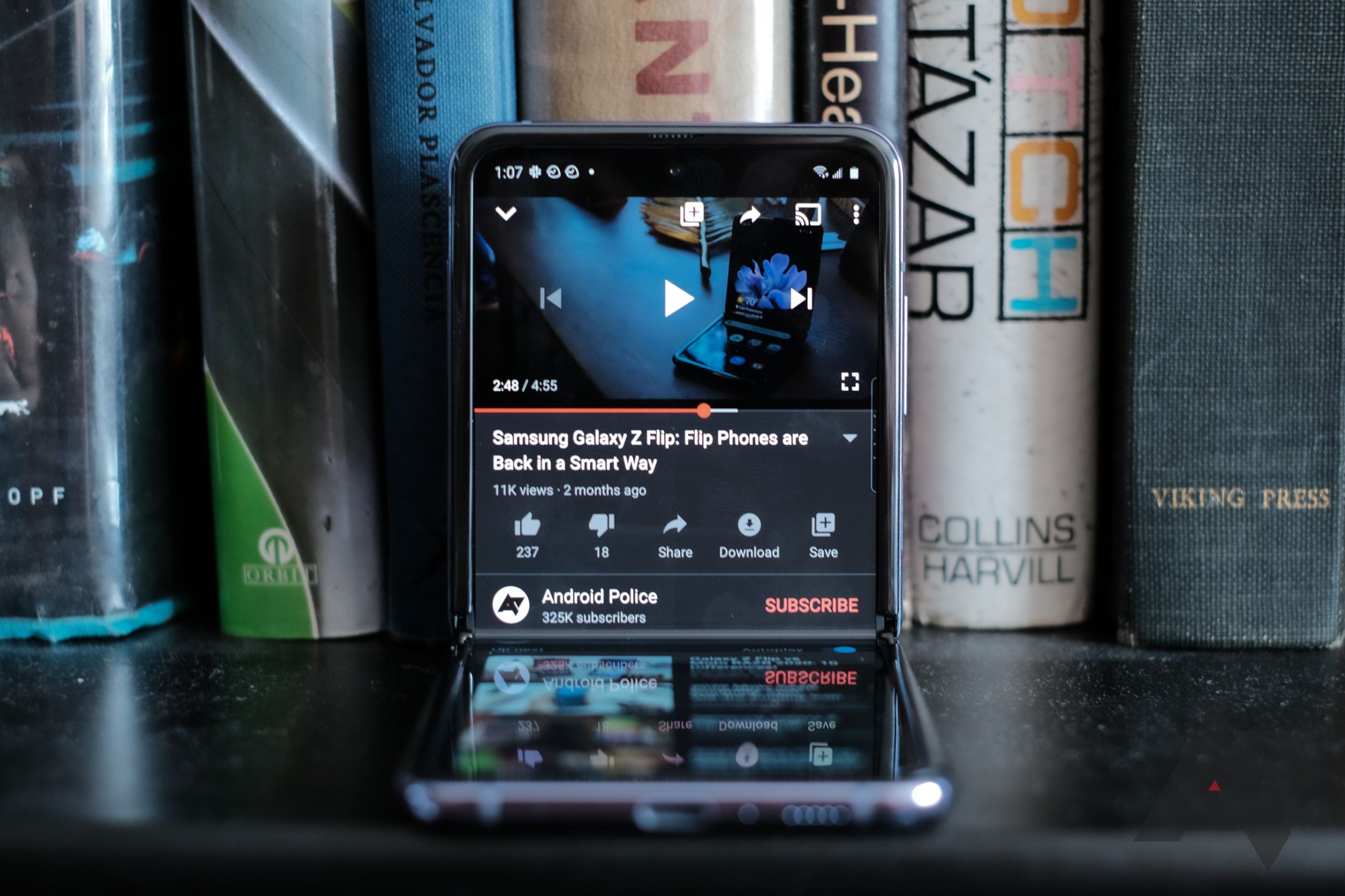
You can now exit fullscreen YouTube videos with a swipe down
Saving you from the unreliable two-step process
The YouTube app’s player interface has started to look cluttered with tens of options and icons crammed onto a tiny mobile screen. Google has been trying to alleviate the situation a bit lately by adding a few neat gestures that cut down the number of taps required. Joining this list is a relatively new gesture that lets you exit fullscreen videos with a single swipe.
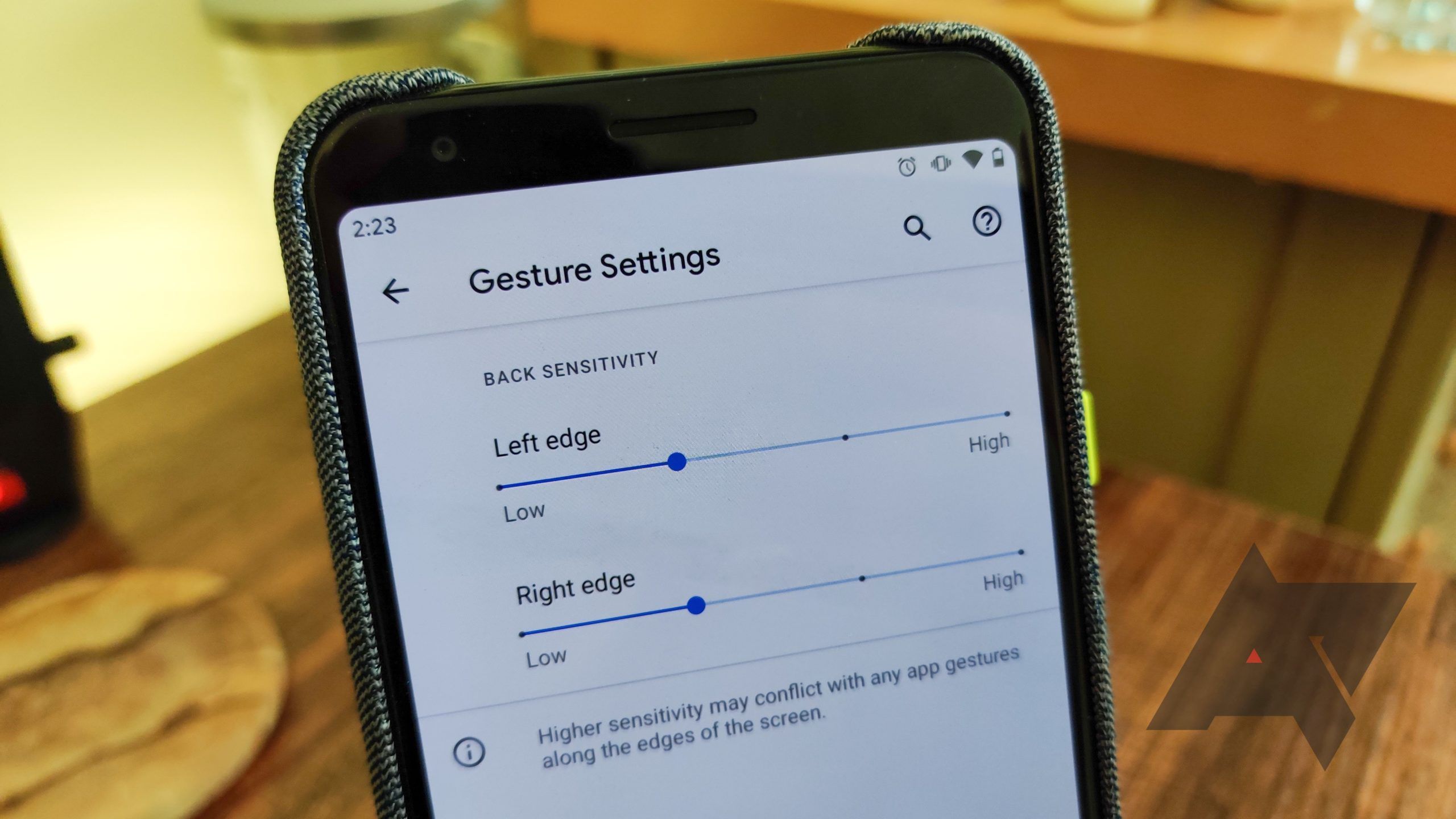
Android 11 DP3 adds independent left and right sensitivity options for gesture navigation
You can now customize the sensitivity of each side of the screen
Back in Android 11 DP2, separated back gesture sensitivity settings first popped up, claiming to tweak how the edge navigation gestures worked. At the time, we weren't sure if the new settings actually worked, but as of DP3, it seems like they do.
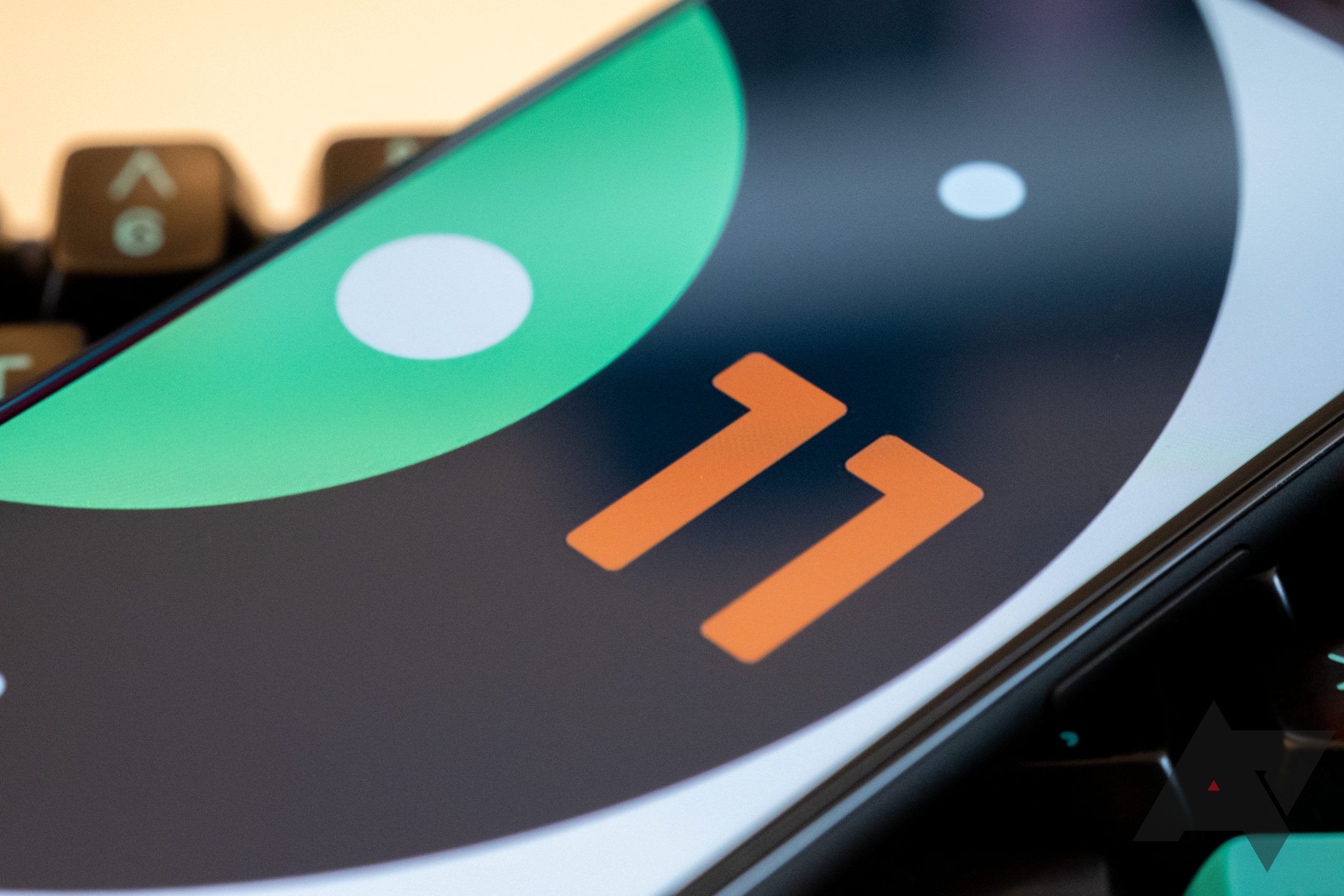
Hidden Android 11 feature splits notifications from Quick Settings
Android takes another touch gesture from Apple's iOS playbook
Android's notification shade has been getting a lot of attention in the first Android 11 Developer Preview. In addition to some cool new updates like conversation grouping and enhanced long-press options, a hidden feature uncovered by XDA Developers separates quick settings from app notifications into their own distinct menus.
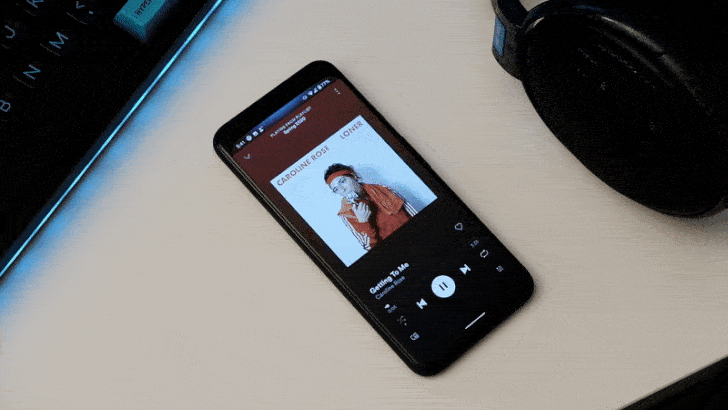
Android 11 makes the Pixel 4's Motion Sense gestures a whole lot better
They're so much more reliable now, it may actually be useful
When the Pixel 4 landed, one of the biggest features included in the phone was a new radar-based "gesture" system called Motion Sense. Unfortunately for Google, it was pretty garbage at launch — personally, I could never get it to work right. But a new "pause" gesture is rolling out now (probably as part of an app update, but definitely included in Android 11), and across the board, we see big improvements in the overall "finickiness" of the gestures. In short, they don't suck now.
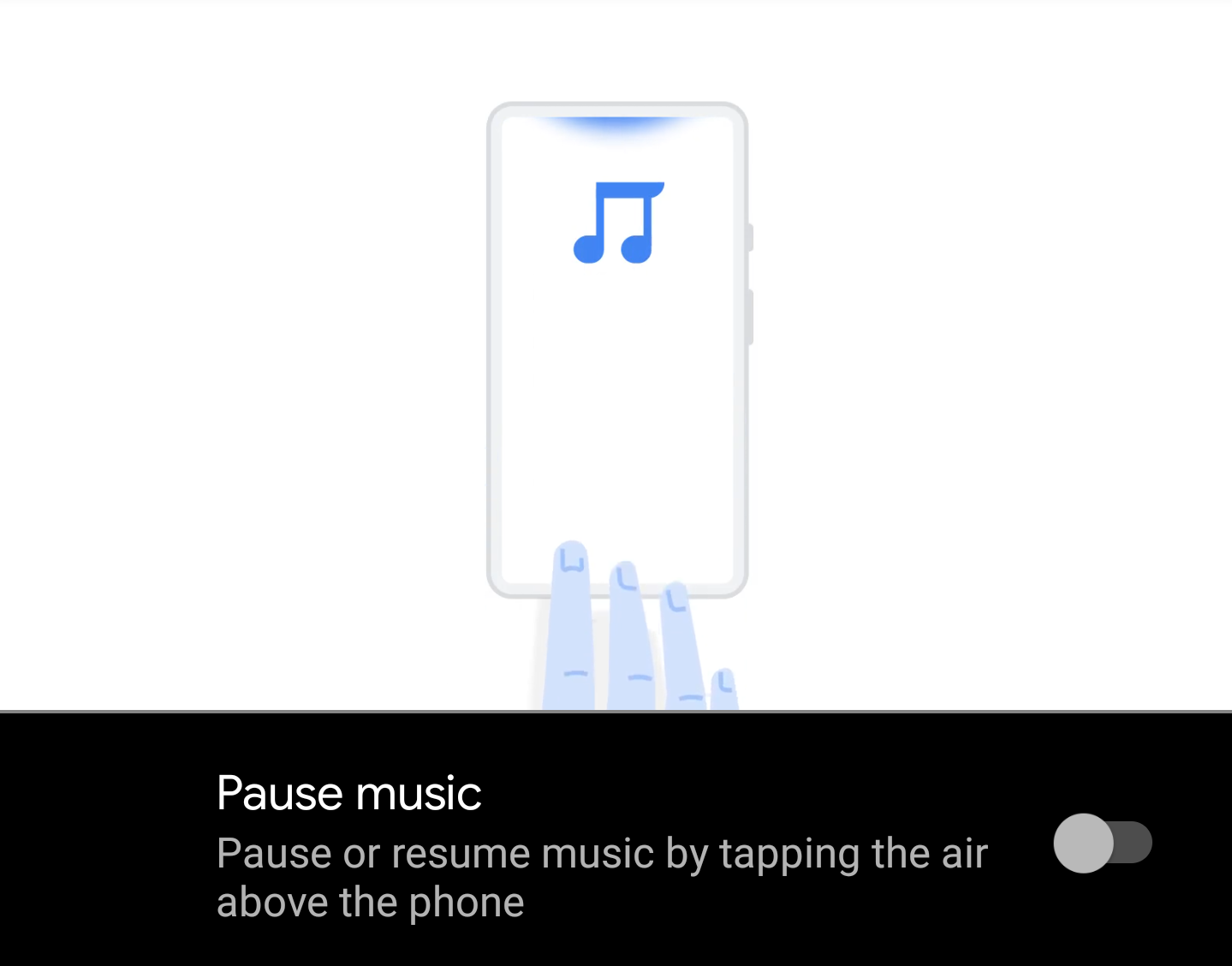
A new pause gesture for the Pixel 4's Motion Sense is rolling out as part of the Android 11 update. This change isn't intrinsically tied to Android 11, but the new Developer Preview does come with an updated version of the Motion Sense app (which controls the Soli radar-based gesture system on the Pixel 4), which allows you to pause and resume media with a "tapping" gesture in the air Motion Sense uses for gestures.














